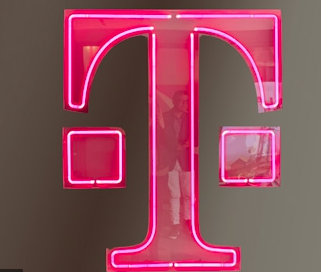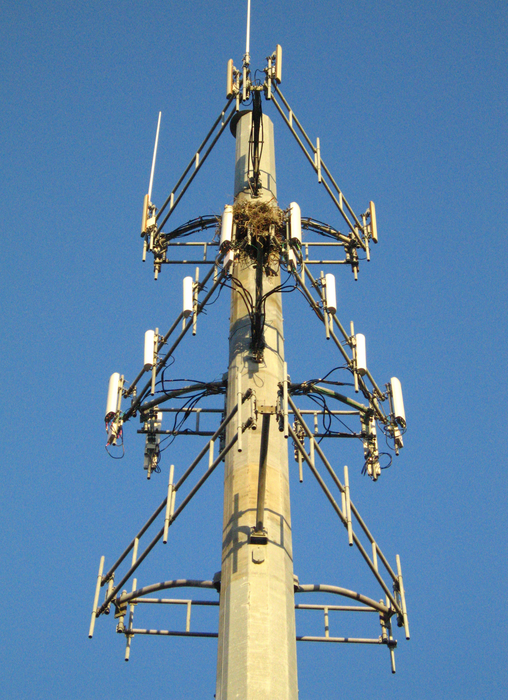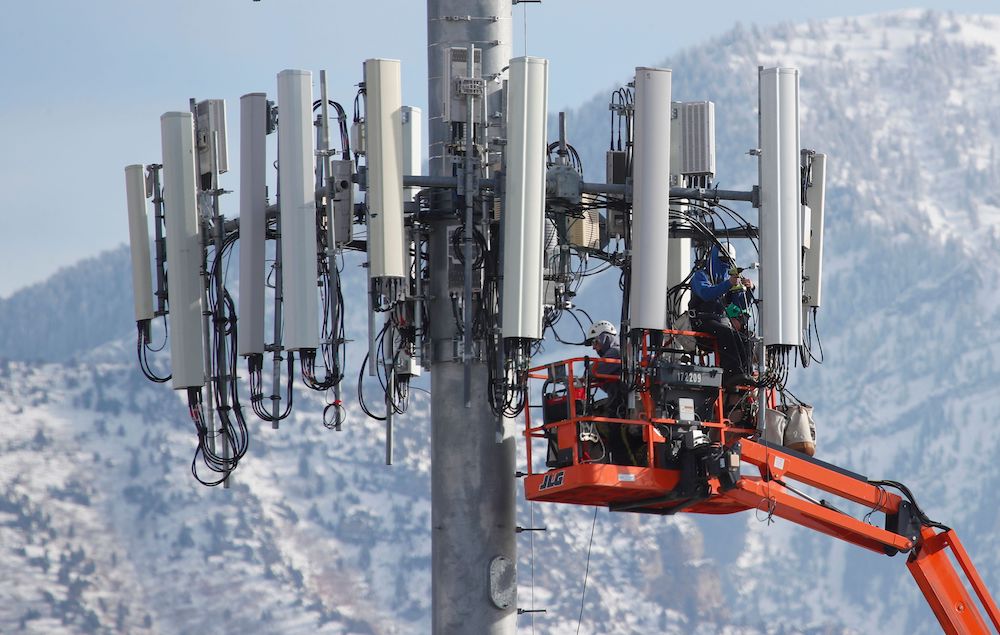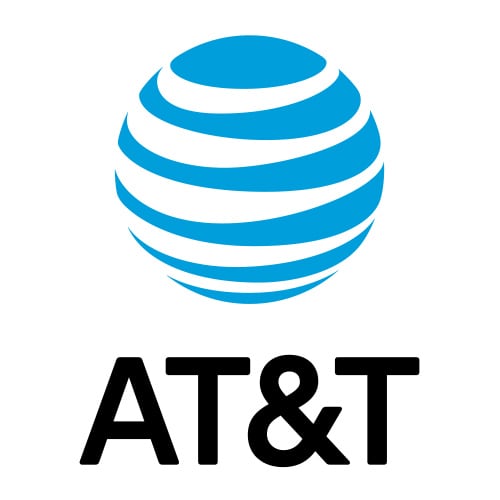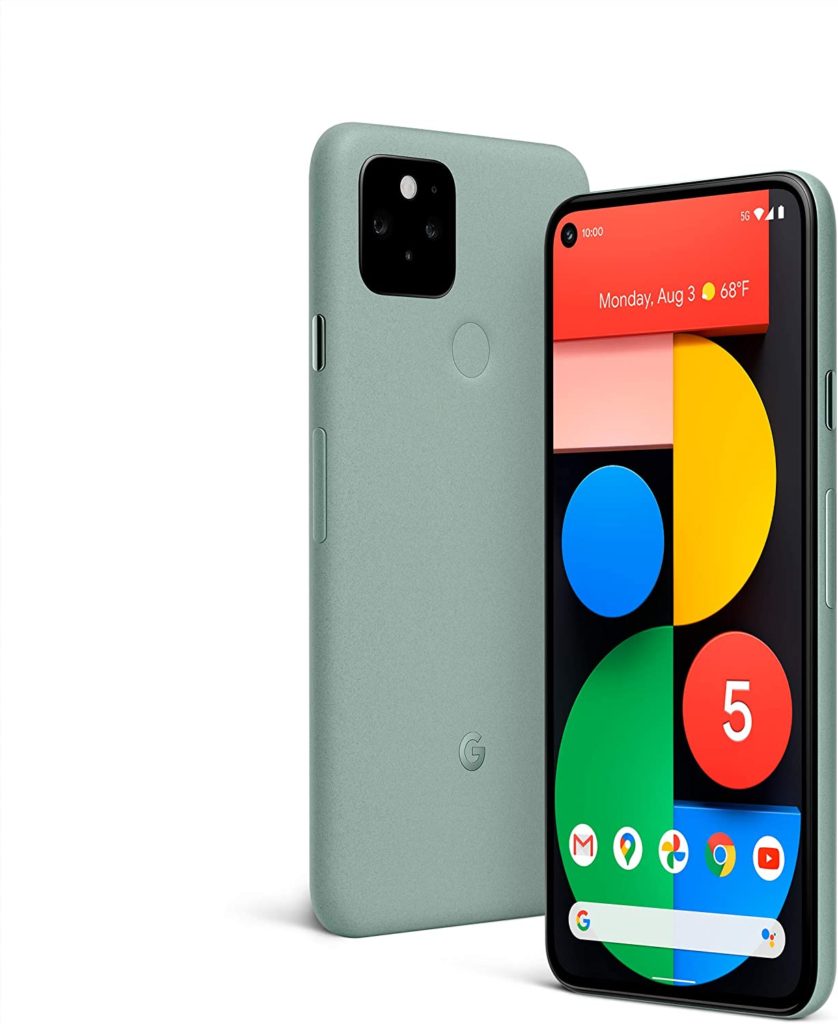The scoring of 5Gstore’s top products comes from a combination of their popularity as well as the number of customer reviews they received and the average rating customers gave the product. Many of this year’s winners, like the IP Switch (both the single outlet and dual outlet versions) and Pepwave Max BR1 Mini are perennial favorites and have appeared on our “best of” lists for years. Others, like the Pepwave Max Transit and Panorama WMMxG antennas are new to the list this year.
Congratulations to all of the manufacturers of our 2020 top products!
If you ordered any of these products (or any others!) from 5Gstore, don’t forget that you can log in at 5Gstore.com and write a review of your own. We post all reviews – good and bad – and always appreciate the feedback!
| Rank | Product | Reviews |
| 1 | Pepwave Max BR1 Mini with LTE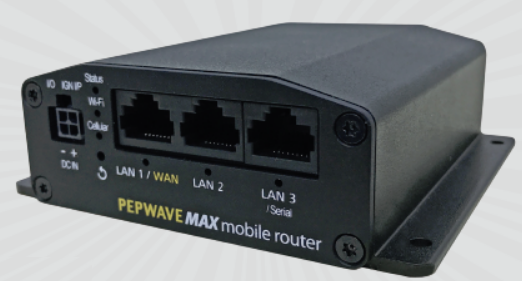 Affordable router with embedded LTE (cat 4 or cat 6 LTE Advanced) for home, travel, and small business | “Overall a must get in my opinion. We are trying them out for our fleet and so far it has showed to be a great solution. Quality feels good and for the price it is a great deal.” “Excellent full function mobile router, InControl makes for easy remote management.” read more reviews |
| 2 | Single Outlet Remote Power IP Switch Allows you to remotely monitor and reboot your equipment via smartphone app or the cloud | “The EZ-62b IP auto-switch is a great little piece of hardware. It seems to work better than a previous model, the EZ-22b which was a little hit and miss. I’ve tested the EZ-62b extensively and for the money, I’m really impressed.” “Does exactly what it’s supposed to. If only they could help with my kids!” read more reviews |
| 3 | Dual Outlet Remote Power IP Switch 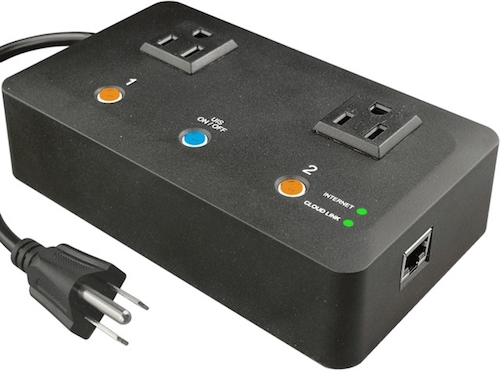 Allows you to remotely monitor and reboot up to two pieces of equipment via smartphone app or cloud | “It’s important to me to have my router power cycle while I’m away from home for extended periods of time. The Remote Power Switch provides the ability to set specific power cycle schedules to fit my request. It’s convenient to program the switch remotely via software.” “This will save me alot of travel time having to reset everything.” read more reviews |
| 4 | Pepwave Surf SOHO MK3 Router Easy-to-use, feature-rich 3G/4G router for home and travel | “A solid business class router for a great price offering solid top notch software firmware” “We are full timers in our motorhome and when we change from one place to another we have to reconnect all of our TV’s, printer, computers and several other items to the new WiFi. Now they are all connected to this router and we only have to connect the SURF which in turn makes everything else work.” read more reviews |
| 5 | Pepwave Max Transit/Transit Duo and Transit Mini LTE routers 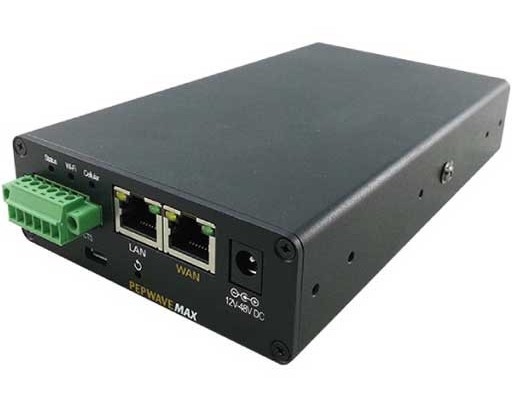  Vehicle routers with 1 or 2 embedded modems (Cat 4, 6, 12, or 18) for failover or bonding | “If you’re serious about using cellular wifi and other WAN sources including WIFI as WAN, this is the device you need. With Primecare, you can use Speedfusion to bond your WANs for incredible bandwidth and reliability.” read more Transit and Duo reviews “Excellent product which I purchased as an upgrade to my NetGear LB1120 for home Internet connectivity. All I can say is that I am extremely impressed with all the networking options available.” read more Transit Mini reviews |
| 6 | Pepwave Max BR1 MK2 LTE Router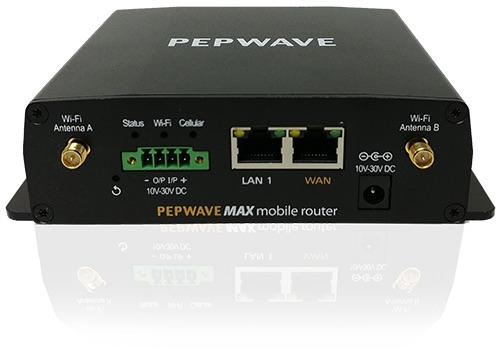 Powerful router with GbE ethernet and AC WiFi | “We hooked it up and it works terrific! Before we purchased this we had little to no internet and on and off WiFi now both have very strong signals.” “Using Pepwave in my RV to work remotely. Easy setup, good user interface, and pulls in weak signals without an external antenna. Very satisfied with the speed.” read more reviews |
| 7 | Panorama WMMG and WMM4G MiMo Antennas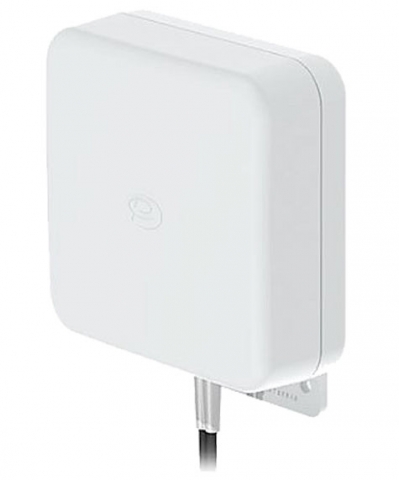 Powerful wall-mount antennas for 2×2 or 4×4 cellular/5G | “I am currently using this antenna in combination with a Pepwave MAX Transit Router With Cat 18 LTE Modem in my home office. I mounted the antenna to a pole outside, pointed it towards the correct cell tower and BAM!!! DL speed 90-96 Mbs, UL speed 45-50 Mbs. Very pleased!” “This antenna provided 12 dB of improvement for my application. Yeah the antenna is only good for 9 dB gain, the rest must have come from raising it higher on the building to shoot over some trees. I’m very happy with the results, downloads of 40Mbit now (compared to 20Mbit before).” read more reviews |
| 8 | Pepwave Max BR1 Classic Router Affordable and feature-rich LTE router | “excellent product for the application” “the best bang for the money” read more reviews |
| 9 | Sierra Wireless RV50X Gateway Industrial LTE gateway with low power consumption | “Top-notch ultra-low power consumption product — the perfect replacement for the trusty Sierra Raven XE I’ve been using in my remote solar-powered surveillance system for the last 7 years. Bought this new Sierra model to upgrade the system from 3G to 4G.” “Compact and versatile cellular modem” read more reviews |
| 10 | Cradlepoint IBR600C IoT Router Semi-ruggedized compact router with Cat 4 LTE | “Consistent performance. Works great for a remote interface with a static IP address. Easy to set up.” read more reviews |



